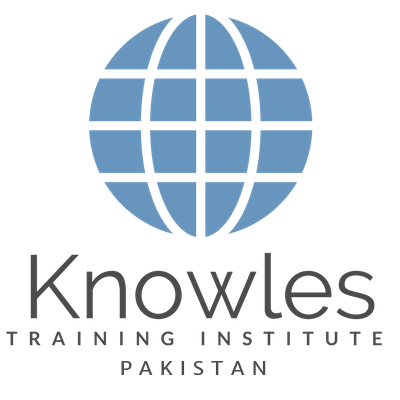Skip to content
LinkingIntern1bksiuevej76kHhK2023-07-18T12:45:21+08:00
Linking
The Linking Pathway: Maximizing Memory and Retention through Information Connections
- Conceptual Interconnections: Linking information involves establishing conceptual interconnections between related ideas. By forming associations and linking concepts based on their similarities or relationships, individuals enhance memory encoding and retrieval.
- Integrative Mapping: Linking information through integrative mapping techniques helps visualize the connections between ideas. By creating visual representations that depict the interrelationships of concepts, individuals facilitate memory consolidation and recall.
- Organizational Framework: Linking information aids in creating an organizational framework for knowledge. By structuring and categorizing related concepts, individuals enhance memory organization, making it easier to retrieve information.
- Dynamic Linkages: Linking information dynamically involves making flexible connections between concepts. By adapting the linking process to the specific learning context or the nature of the information, individuals optimize memory encoding and retrieval.
- Analogical Transfer: Linking information through analogical transfer enhances memory by leveraging similarities between different domains or contexts. By identifying analogous concepts and drawing parallels, individuals create meaningful associations that aid in recall.
- Contextual Embedding: Linking information through contextual embedding involves connecting concepts to real-life situations or personal experiences. By associating information with contextual cues, individuals strengthen memory traces and improve retrieval.
- Cognitive Integration: Linking information promotes cognitive integration of knowledge. By connecting related concepts and assimilating new information into existing mental frameworks, individuals enhance memory encoding and retrieval.
- Multi-Dimensional Associations: Linking information through multi-dimensional associations involves creating connections on various levels. By considering multiple perspectives, dimensions, or attributes of concepts, individuals develop richer memory representations.
- Reflective Linking: Linking information through reflective practices promotes metacognition and deep learning. By actively reflecting on the connections between concepts, individuals strengthen their understanding and improve memory retention.
- Application and Transfer: Linking information facilitates the application and transfer of knowledge to new situations or contexts. By relating concepts to practical examples or real-world scenarios, individuals enhance memory recall and the ability to use knowledge effectively.
Page load link

